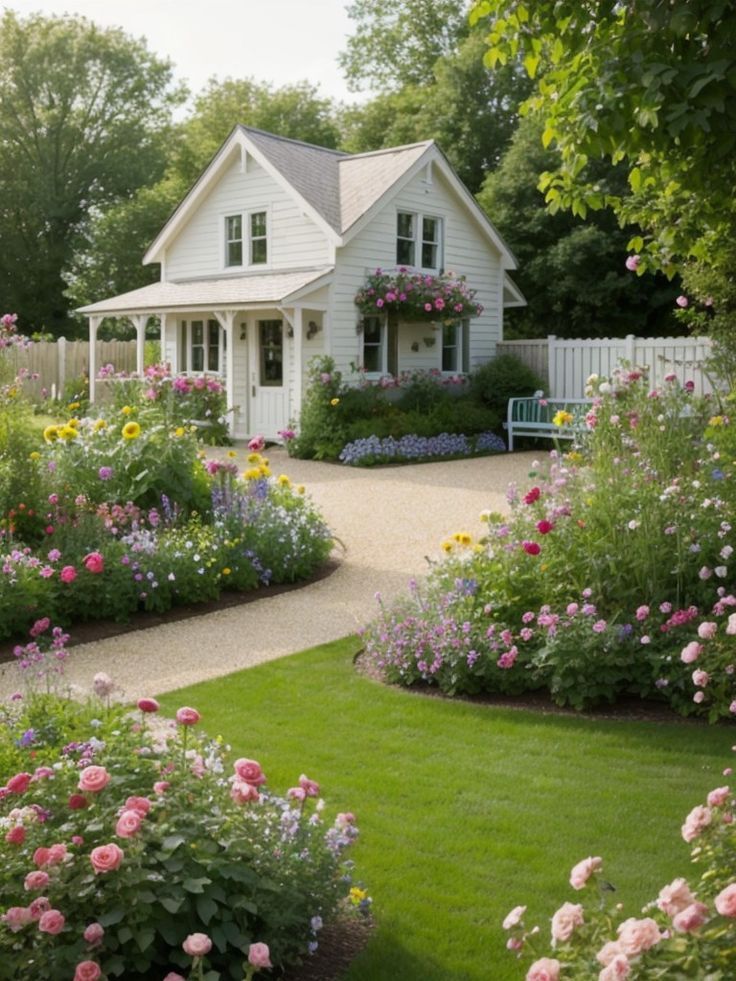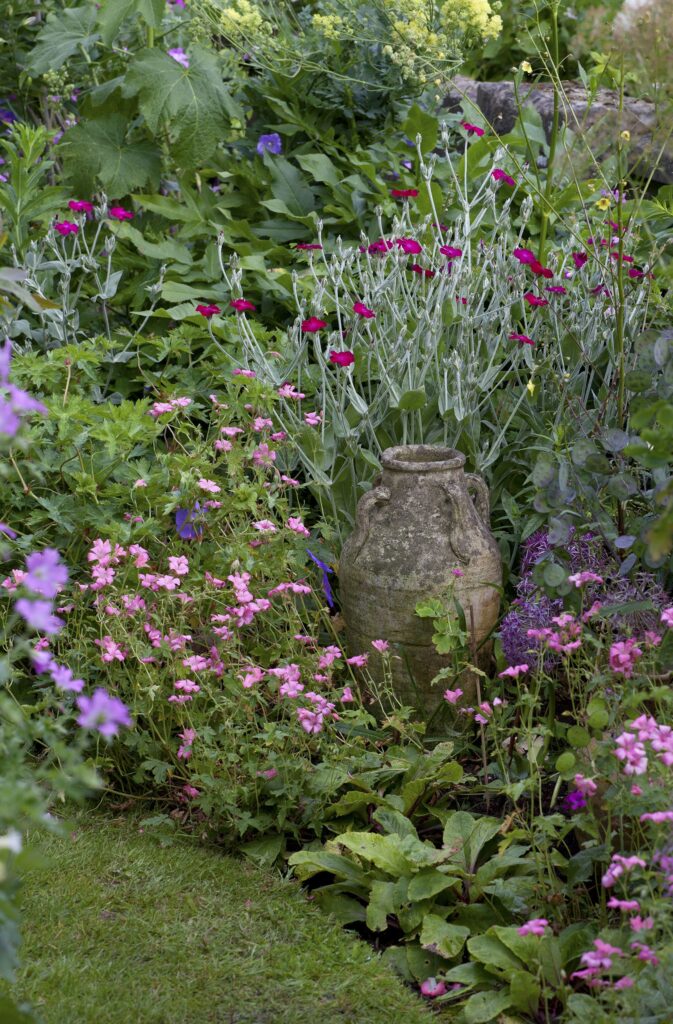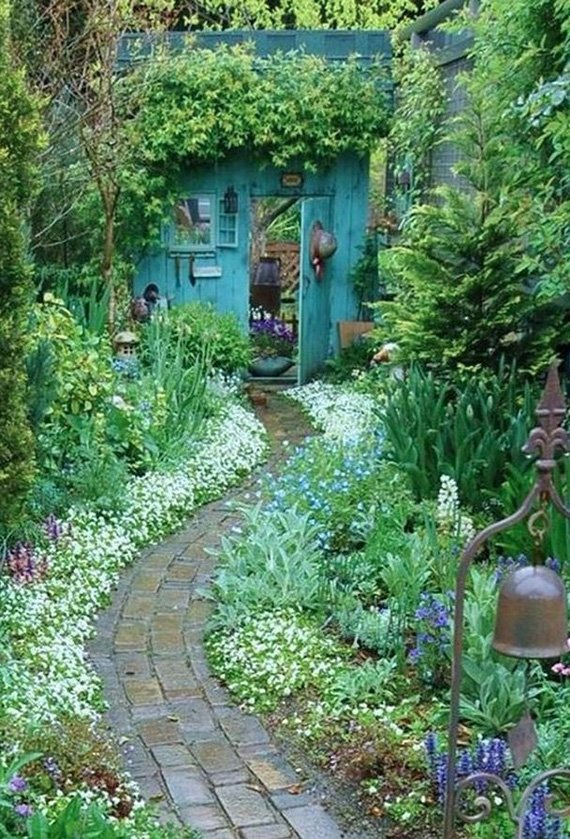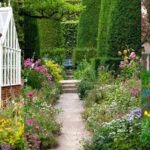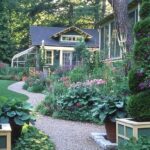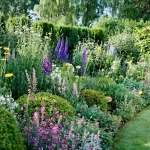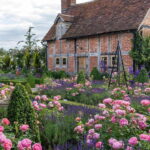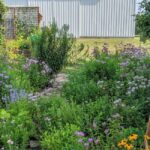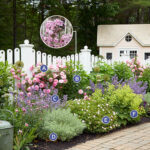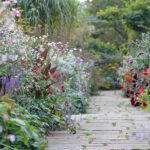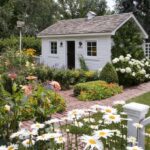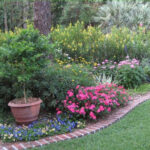Cottage gardens are a charming and popular style of gardening that has been around for centuries. Originating in England during the Tudor period, cottage gardens were traditionally small plots of land surrounding the humble homes of rural farmers. These gardens were designed to provide food, herbs, and flowers for the family, as well as to attract beneficial insects and wildlife.
One of the defining characteristics of a cottage garden is its informal and relaxed style. Unlike formal gardens with straight lines and symmetrical layouts, cottage gardens are a riot of color and texture, with plants arranged in a seemingly haphazard manner. This creates a cozy and inviting atmosphere that is perfect for relaxing and enjoying the beauty of nature.
Cottage gardens are typically filled with a mix of annuals, perennials, herbs, and vegetables, creating a lush and productive space that is full of life. Flowers such as roses, hollyhocks, and foxgloves are commonly found in cottage gardens, along with herbs like lavender, thyme, and rosemary. These plants not only provide visual interest and fragrance but also attract pollinators like bees and butterflies, creating a thriving ecosystem in a small space.
Maintaining a cottage garden does require some effort, as plants will need regular watering, feeding, and pruning to keep them healthy and looking their best. However, many cottage gardeners view this as a labor of love and find great joy in tending to their garden and watching it bloom and grow throughout the season. With the right care and attention, a cottage garden can provide a beautiful and bountiful display year after year.
In addition to their beauty and functionality, cottage gardens also have a rich history and are deeply rooted in traditional gardening practices. Many of the plants found in cottage gardens have been grown for centuries for their medicinal, culinary, and ornamental properties, making them a timeless and enduring choice for modern gardeners. By planting a cottage garden, you are not only creating a beautiful and productive space but also keeping alive a long-standing gardening tradition that has brought joy and sustenance to countless generations.
Whether you have a small backyard, a balcony, or a sprawling garden, a cottage garden can be adapted to fit any space and style. By embracing the informal and eclectic nature of cottage gardening, you can create a peaceful and enchanting retreat that is not only beautiful to look at but also beneficial for the environment and wildlife. So why not give cottage gardening a try and see for yourself the magic and wonder that can be found in a simple, yet timeless, garden style.
